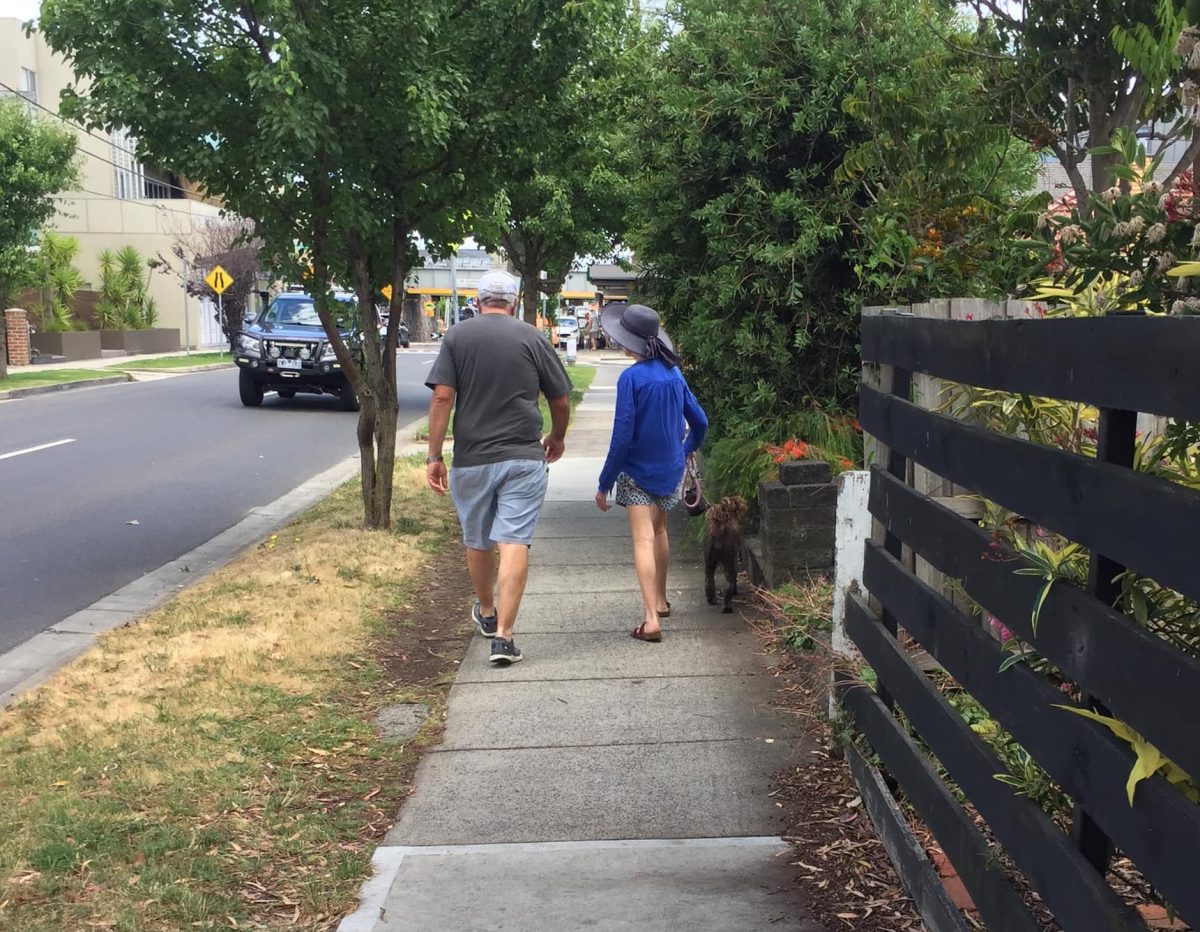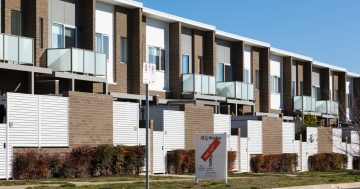
Can apartment buildings, dual occupancy and single dwellings coexist happily in our suburbs? Photo: Living Streets Canberra Facebook.
The long-awaited Territory Plan has been released, creating the framework for adding at least 100,000 homes to the national capital, already one of the fastest growing cities in Australia.
One of the key reforms is allowing dual occupancy on RZ1 zoned blocks, along with changes to apartment dwellings, designated the “missing middle”.
Some think the plan doesn’t go far enough. Others have, more predictably, decried the inevitable arrival of “greedy developers” who will despoil our suburbs and destroy our way of life.
It does sometimes seem that every second person in Canberra is opposed to apartment buildings and dedicated to preserving the character of older suburbs, developed when the main priority was a big backyard for fruit trees, veggies and kids playing cricket.
Of course, there’s been a fair bit of luck involved in owning properties in those suburbs. Well-remunerated career public servants with large superannuation packages are, thanks to our booming real estate market, sitting on a fortune no matter what they do with their large blocks.
So re-zoning RZ1 for dial occupancy was always the low-hanging fruit for increasing density: there’s room, the land is available, it adds value and is attractive to buyers.
The government have grasped their chance, albeit with a proviso.
Under the new plan, dual occupancy is only for blocks of more than 800 square metres, and the dwelling can be no more than 120 metres in size – roughly the equivalent of a standalone townhouse. Apartment buildings will also be permitted in RZ2 areas, but can’t exceed two storeys in height.
So we’re not talking about the advance of giant residential towers across the Inner North and Inner South. In fact, given existing house placements, it’s reasonably likely you won’t even see the extra dwellings, tucked along driveways at the back of existing houses and meeting requirements for soft landscaping.
And of course, none of this is compulsory: if you don’t want to subdivide your block, you don’t have to. You don’t have to sell to people who intend to subdivide. You could subdivide yourself if you want to ensure it’s done well.
What we do have to fix is the housing crisis. The very people who purchased those small houses on big blocks back in 1972 would not be able to afford a house in Canberra today. We are squeezing out young families, single people, retirees and everyone not fortunate enough to have a substantial double income.
This is a city that values equity and we need to recognise the genuine injustice of forcing poorer people further and further from the centre of the city.
If we value home ownership – and most Australians do, despite pleas for us to become more frequent renters – then we have to give young owners and their families some chance at getting their foot in the door.
If we can let go of the obsession with huge houses on small blocks and focus instead on well-designed smaller dwellings, those families might have a fighting chance.
We need them across the whole city. Just as we distribute public housing in the much-valued salt and pepper model, evenly distributed demographics also make a community bustle. Canberra has mostly avoided social enclaves, and that’s a good thing.
I’m an Inner North resident during the working week. One of the things I love about my neighbourhood is that within four blocks there are apartments, houses big and small, public housing and a distribution of residents that ranges from newly arrived refugees to some of the nation’s most senior politicians before we reach the reserve at the end of the street (which is mostly home to kangaroos).
I’m less thrilled by the demolition of old houses and the construction of very large houses that cover most of the block with blank walls, dominated by soulless driveways, repetitive garden installations and enormous garages. They’re expensive, often ugly and also alien to the character of the neighbourhood.
The bush capital is a beautiful place: pretty much every one of us lives within 10 minutes of native bush or a horse paddock, something incomprehensible to most urban dwellers around the world. Our ridge lines are protected by longstanding planning decisions, there are trees and reserves everywhere.
Well-designed small dwellings at the end of driveways won’t be the end of the world. They might even make your suburbs better places to live.





















